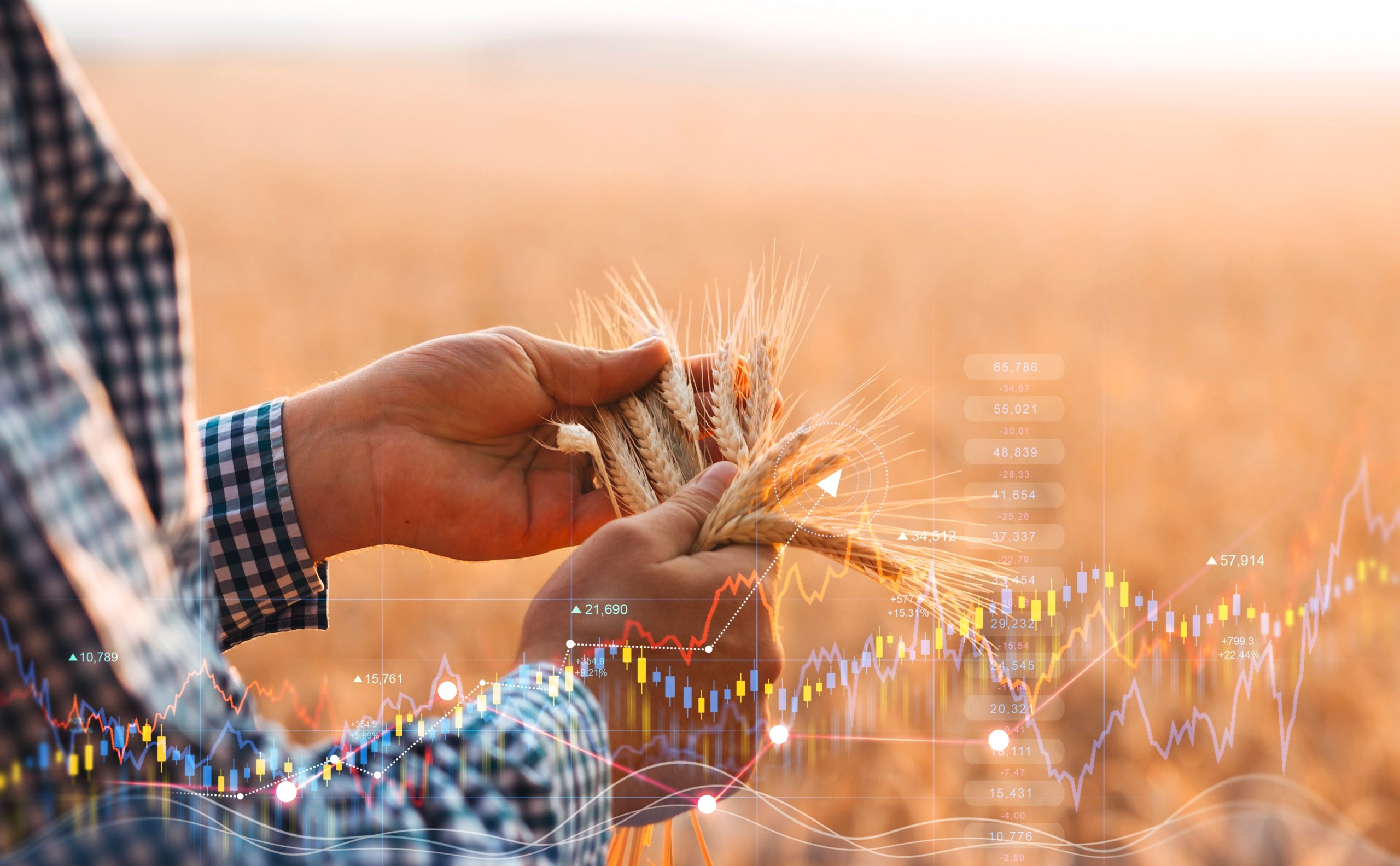“Powering up innovation through trusted data”. It’s no coincidence this is the strapline to our data integration platform Pure Farming because it’s fundamentally what we believe at Map of Ag.
At a time when the pressure on land use is at an all-time high our belief is that among the many options that will be deployed in the pursuit of sustainable food production, the role of data is critical.
Back in 2009 the chief executive of the Australian Commonwealth Scientific Research Organisation Megan Clark said that in the next 50 years, the world would have to produce as much food as we have ever produced in human history. Mind boggling!
Now, I haven’t validated this claim, but it is plausible and a useful barometer for the scale of the challenge ahead at a time of worrying global insecurity, climate change and the very obvious conclusion that we cannot address this by bringing more land into production in the way we did in the middle of the last century before the green revolution.
Thus, one has to start to look at how we can square the circle of producing more from less, at better quality (for which read healthier) and with a focus on reversing climate change. Innovation is needed now more than perhaps ever in the history of humanity.
Why might data hold such an important key?
Technological progress has made data access and interoperability (in theory) a reality. But there remain many challenges around this. In the UK alone a combination of outdated tech, siloed data sources, lack of aligned standards, and a cultural scepticism about where and how farmers’ data can be used and by whom, is holding us back.
That’s why our focus as a business is in providing a world-leading data integration platform that addresses a number of these points.
With Pure Farming we have put the farmer’s ability to be in charge of who can use their data, at the heart of the solution. Farmers (“data originators”) can receive requests for access to their data and only accede to those if they feel comfortable with and approve the Ts and Cs under which the party requesting the data (“data consumer”) wants to use their data.
Furthermore, by connecting “in” to the platform multiple sources of data on or about the farmer’s business (such as the farm software they use, or even a weather station), the farmer can use those same built-once data bridges (“data connectors”) to agree to data requests from multiple different parties at the touch of a button, with the data being made available to those data consumers as well organised and structured data themes through industry-standard APIs. And importantly we respect that it is not our data. It is the farmer’s.
Why is this potentially game changing for innovation?
To feed 10bn people in the coming years will require a reset to the model of how we grow, process, transport, store and sell food. At every stage of this process there are opportunities to do things better. But this needs a more collaborative approach to the use of data right from farm to fork.
We are already seeing this in action with work we are doing around sustainability. Some of our corporate customers are working in a highly proactive and inspiring way with their farmer suppliers to measure and mitigate the GHG footprint of farm product and in so doing providing farmers with data dashboards – and importantly insights that those dashboards reveal – that provide pathways for effective change. On occasion farmers have been stunned by the revelations in their data and it’s provided the impetus to do things differently.
Elsewhere, I’ve often discussed with people in the industry about whether the effective use of data in core farm operations or genetic breeding will have the most significant impact on sustainable food production in the next decade or so. But the reality is the two are not mutually exclusive. With increasing connectivity and integration of farm production data, scientists are starting to test new varieties for example in “real” situations at scale where they can combine genomics, farmer knowledge and environmental analysis in so-called decentralised 3D breeding programmes. This is particularly important where there is a need to enhance local adaptation in challenging farming environments.
Closer to home, I led some ‘design thinking’ for AHDB a couple of years ago to conceptualise what has subsequently become the Evidence for Farming Initiative and which may become a “What Works” centre as advocated by Henry Dimbleby’s National Food Strategy. What was interesting about the concept was the acceptance of and need to match scientific discovery alongside farmer knowledge and experience, with data sharing and exchange being a vital component to release innovation.
While it’s easy to extoll the virtues of a data-driven approach one should not forget that this stuff isn’t usually easy. Too many farms are not measuring anything of consequence at all. And all too often we find that even if they are, the quality of the data is poor – rubbish in usually means rubbish out.
But even small amounts of data from only a few sources can make a difference and there is no doubt in my mind that we are heading in the right direction and the opportunities to open up inspirational innovation through on-farm measurement and the collection and sharing of data are just around the corner…if not already upon us.


